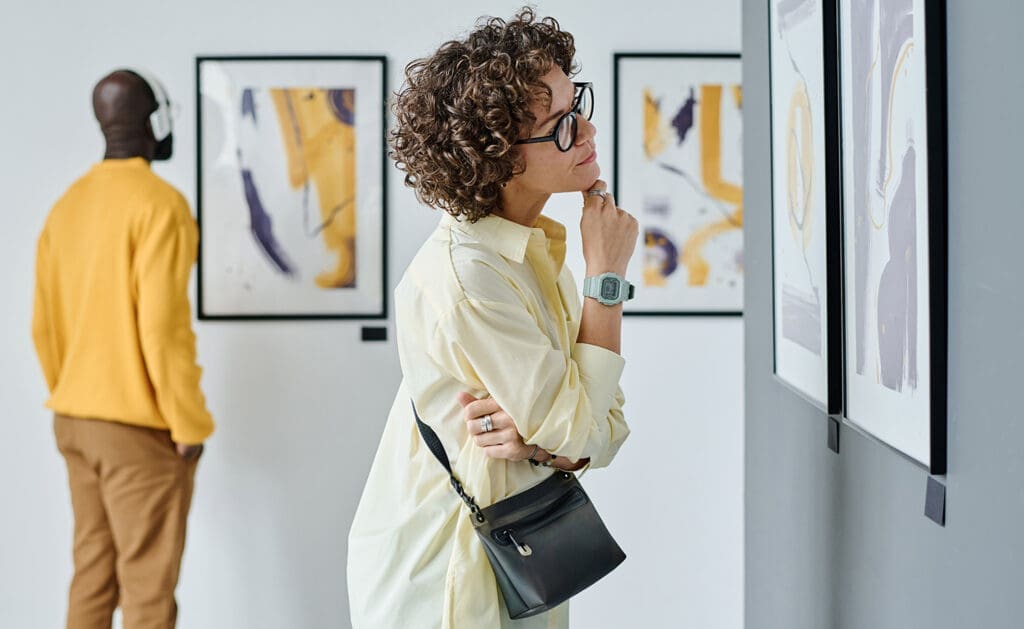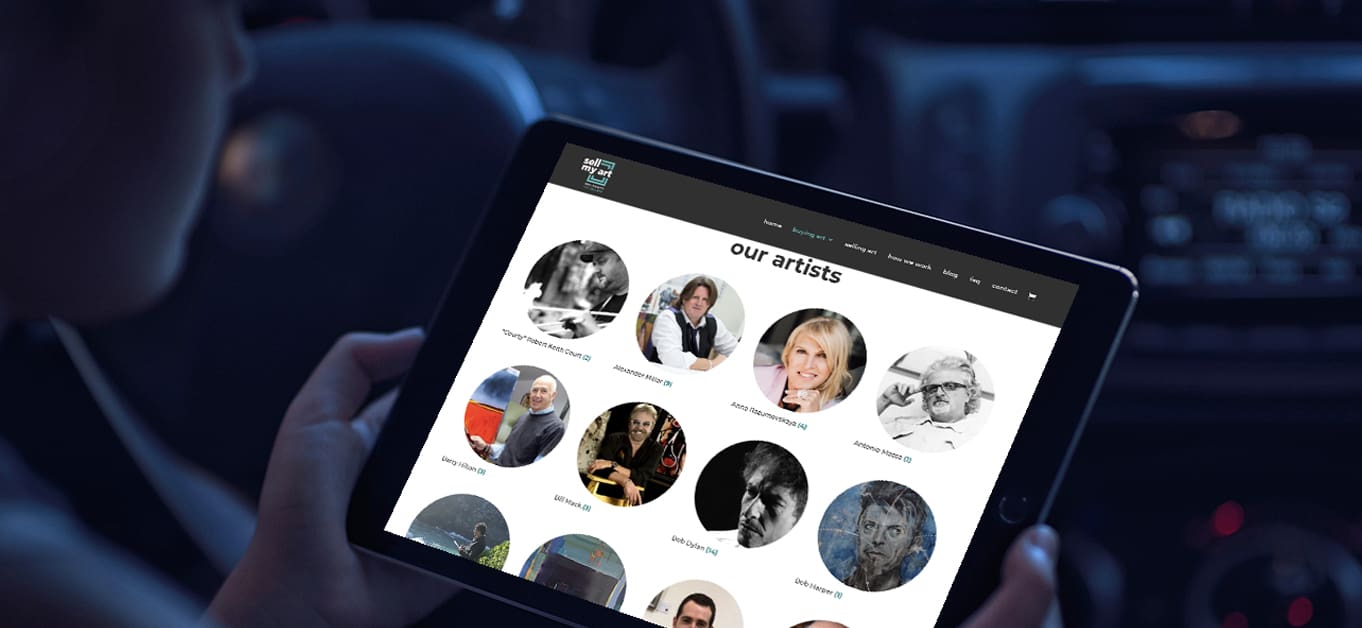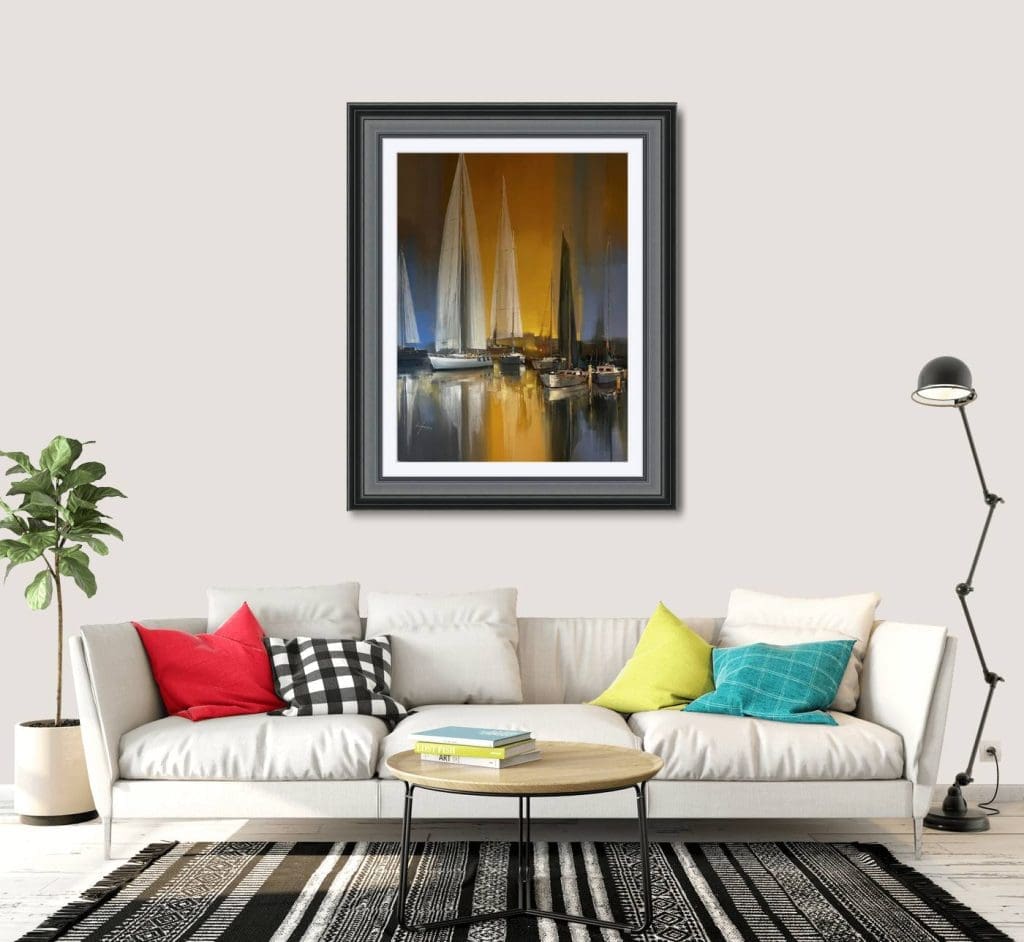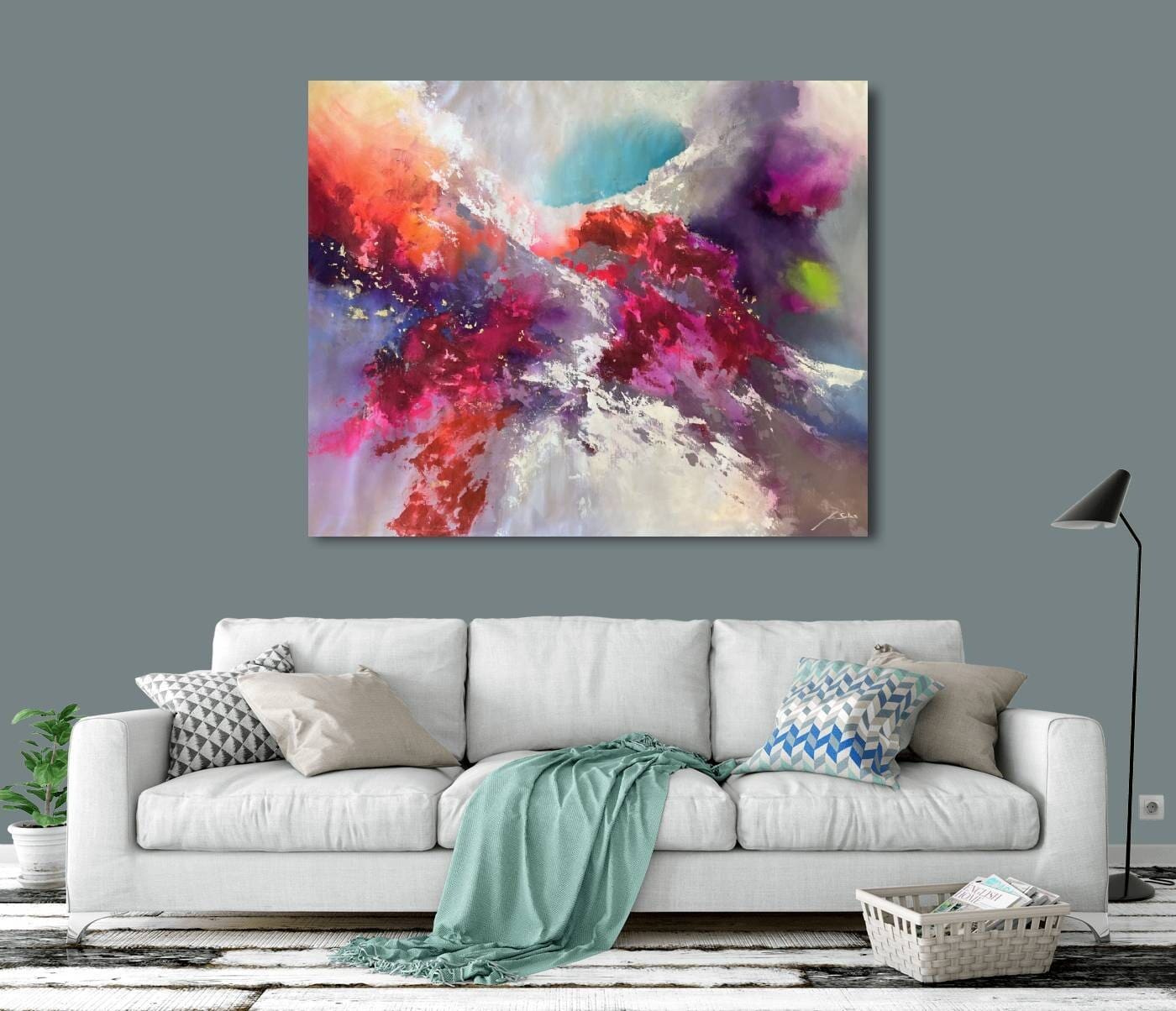While much of our everyday spending has moved from the high street to apps and websites, the transition of the art market to online spaces can still take buyers by surprise. It is a fact that buying art online has become increasingly easy – and increasingly popular – over the last few years. The question is: what’s changed?

The lockdown effect
An obvious driving factor behind the rising trend of online sales in general is the covid pandemic. During this time, any and all purchases were moved to e-commerce platforms, with everything from food shops to clothes, furniture, and cars – or paintings and sculptures – being purchased online. Naturally, after the lockdowns were lifted, art buyers were eager to return to normal, and many went back to seeking out their artworks in person. However, the ability to find and purchase art online seems to have been hard to give up…
According to the Art Basel and UBS Global Art Market Report 2024, online art sales saw a global increase in 2023, with a 7% year-on-year rise from 2022. Overall, online sales accounted for 18% of the global art market, totalling an estimated 11.8 billion USD. Notably, this was a 70% drop from 2021, when online sales spiked as a natural result of lockdowns. However, it is clear that buyers have gained confidence in the online art market, and that confidence only seems to be growing.
Sellers are online too
The jump to using e-commerce platforms in the last five years is not just something that affected buyers – it affected the sellers, too. Galleries, resellers, and independent artists have all found ways to represent themselves in the online market, offering greater access to their customers and collectors. Crucially, this has meant that buyers are able to find the same quality of artworks online as they can in person. The sellers have also brought with them an increased quality of service, with galleries and resellers usually providing the option to communicate directly with sales representatives, as well as offering art industry standards for shipping and delivery.
Buyer protection
The increased popularity of e-commerce for artworks has meant a growing expectation for buyer protection. The potential high price tag of an investment artwork has been a stalling point for many buyers who would otherwise feel happy buying their art online; spending a large amount on an online purchase can feel risky. With the growing presence of reputable art sellers online, however, buyers do not have to take a risk when making their purchases. As well as finding an established company with details that you can check yourself, buyers can also look for practical protections. For example, a guaranteed returns period to ensure you can get your money back, or the use of an experienced art handler for deliveries so you can be assured that the artworks will be safely transported.
Online viewing options
Because the majority of artists and sellers are now advertising their works online, the standard for art images has increased as well; an image of a painting or sculpture is expected to be clear, colour-accurate, and high-res, allowing the buyer to understand exactly what they are purchasing. The evolution of phone cameras has made this all the more possible even for sellers with lower budgets, as both artists and businesses can ensure accurate images for buyers. Augmented reality has also improved the online buying experience. There are a number of apps and online programmes that allow users to ‘view’ artworks on their own walls. Many art sellers will offer their own services in creating these visuals as well, providing a variety of options for a ‘try before you buy’ approach.
The use of social media
As buyers head to online platforms, independent artists have been able to use social media to promote their own work to buyers, as well as advertising themselves to galleries, using the tools at their disposal to expand the art market. As businesses continue to migrate to social platforms as well, buyers can also learn more about the sellers they are interacting with via Instagram or Facebook. In a study by Statista published in 2023, a huge number of surveyed art buyers – 74 percent – stated that they had used Instagram for art-related purposes the year before. Other social media platforms are also used by art buyers, but the image-centric nature of Instagram, as well as its wide user base, makes it well-suited for viewing artworks.
A wider choice
While the experience of visiting a gallery in person and seeing the artworks up close is not something that can be replicated online, the online art market definitely has an edge when it comes to choice. This is particularly important for buyers who do not live within easy distance of physical art galleries, as well as buyers who are looking for something very specific. For those living in a large city with a thriving art scene, spending a day browsing the galleries is a lovely way to find your next artwork. For those who live in smaller towns or in the countryside, however, this would be a struggle. And if you are looking for something specific, either a particular style of art that your local gallery doesn’t have, or an artwork by your favourite artist, then searching online is often the most effective option to find what you’re looking for.
Will things keep changing?
The world of e-commerce is always growing and changing, and the evolving presence of the online art market means the experience of buying art online is also likely to grow and change. However, with the growing confidence in this market from buyers all over the world, we can look forward to seeing where we’ll go next.




